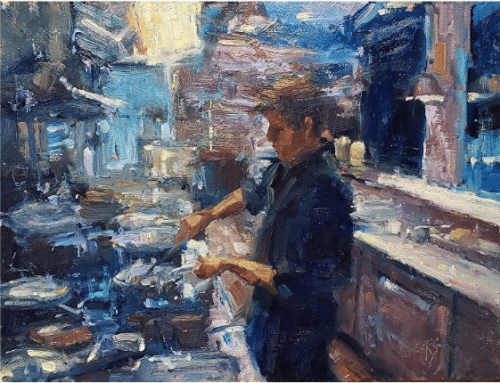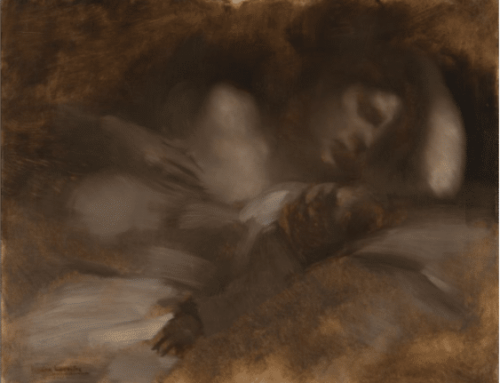“My philosophy toward still life can be reduced to one word: Intent. As with life and art in general, an approach filled with intent is at the heart of still life painting.” – David Cheifetz
In an article in Realism Today, the still life painter David Cheifetz identifies intent as the star he steers by.
Intent – starting with clarity and a vision – can make the difference between a compelling or a merely competent painting.
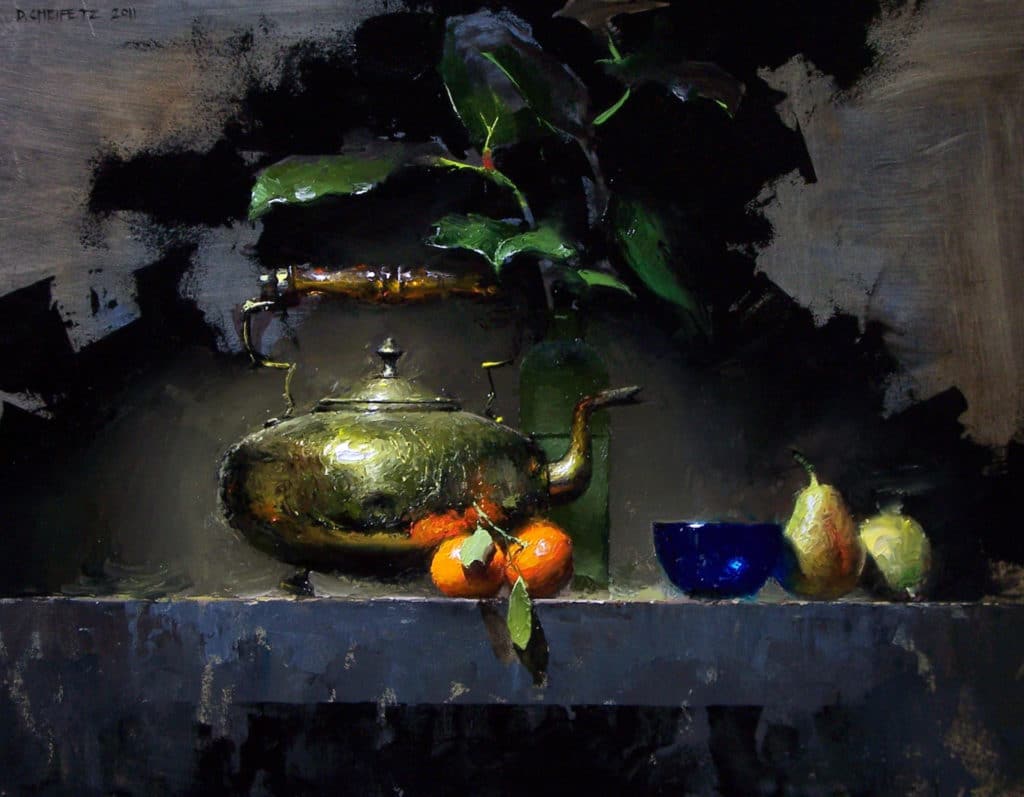
David Cheifetz, “The Kettle,” 11 x 14 inches, Oil on panel
Intent comes in two forms. Technically, intent means the ability to envision the painting you want to make before you start. In the second, broader sense, it means having a “vision” for the work that transcends the attempt to skillfully recreate what you see.
“You’d be better served spending three hours sitting in front of your subject and blank canvas, planning your still life in your mind,” Cheifetz writes. Better to hone the mental image of it, “to crystalline clarity, rather than making a vague plan and painting with a three-hour head start, only to scrape it out after a day or two of wasted floundering.”
On the technical level, this often translates into shaping the viewer’s focus and “forcefully directing” the eye to specific areas instead of allowing the viewer’s gaze to wander. This can mean a singular focus where color, value, and edges generate contrast. Once mastered, this can be achieved in a hierarchy, he writes, “with multiple focal points being visited by the eye in descending order,” as illustrated in the painting below.
How to Do It…
There are other ways to create focus, and many paintings make use of more than one. Cheifez ‘s piece describes how to do this with detail, size, edge, value, and color.
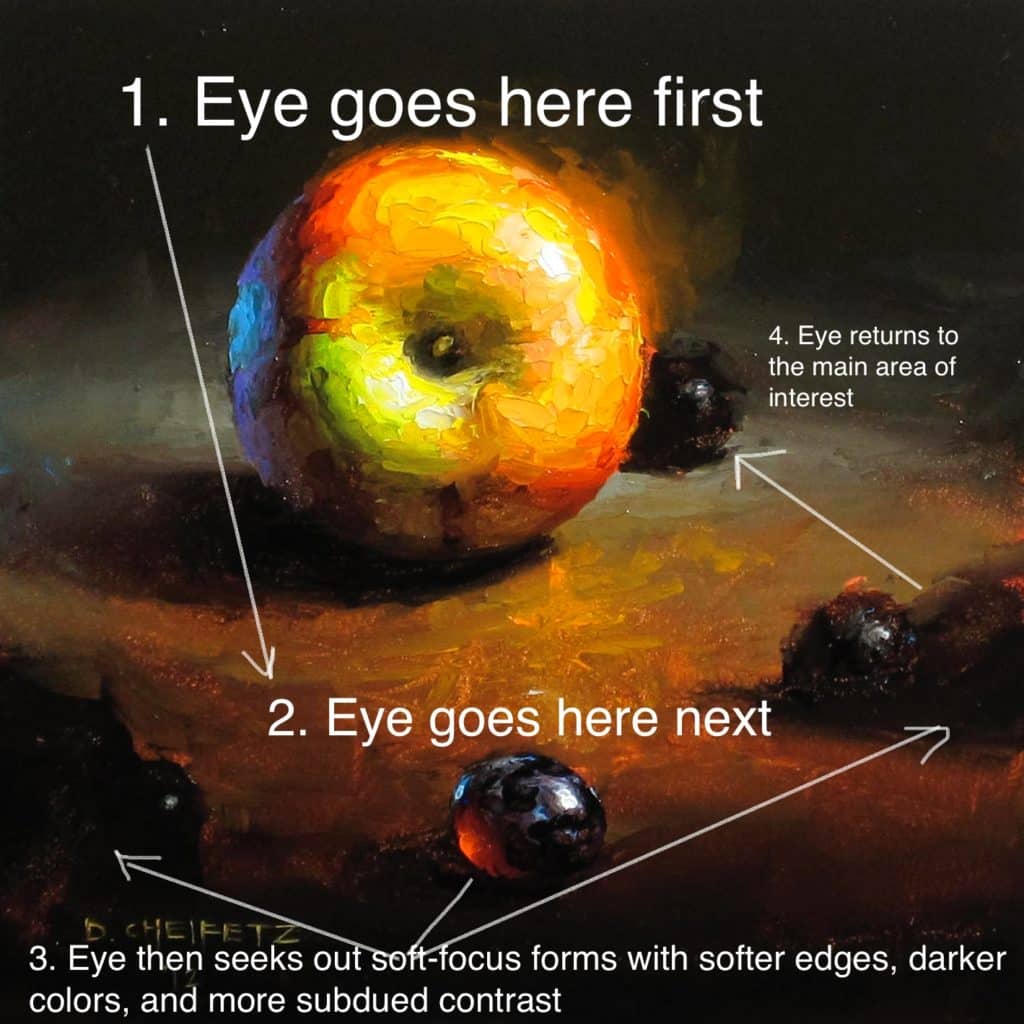
Simplifying for clarity, in the still life above, Cheifez uses a circular composition and orchestrates the viewer’s experience of the painting primarily using contrasting (1.) color (2.) focus (3.) value/shape and (4) edges.
…and why
The stronger your imaginative vision for the work (beyond accurate depiction or observational rendering), the more of you that you can get into it, the stronger your work will be. Intent here means the desire to make a particular experience available to the viewer.
“Without transcending the ordinary, a still life painting lacks purpose,” Chiefetz writes. “A scene of objects strewn artfully on a table is nothing more than that. Without going through the unique and personalized filter of your mind, your painting will be limited to the value of the material realm, and won’t transcend it.”
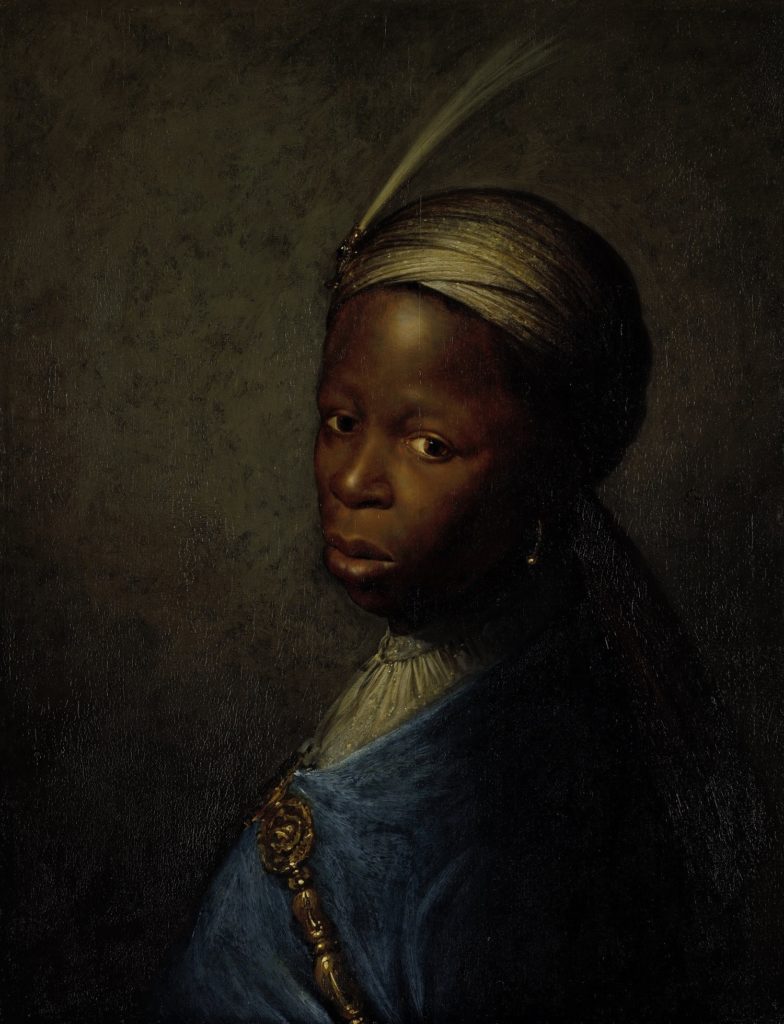
A young man in a fantasy costume, who looks at us over his shoulder, by Gerrit Dou, Rembrandt’s first pupil.
Landscape and portrait painters may have an edge here, in that their subject matter is often inherently engaging. However, we respond most deeply, I’d argue, when they render their experience of a person or a place – when the intent is to render what being with the subject feels like, not just what it looks like.
“Literalism is especially problematic in the still life genre,” Cheifetz says; “much more so, I believe, than with portrait or landscape, where the primal connection we might have to a beautiful face or a fantastic scene from nature can sometimes compensate for a lack of artistic intent. Objects lying on a table are not interesting. The point is to find a way to make a beautiful painting, not just to skillfully recreate what you see.”
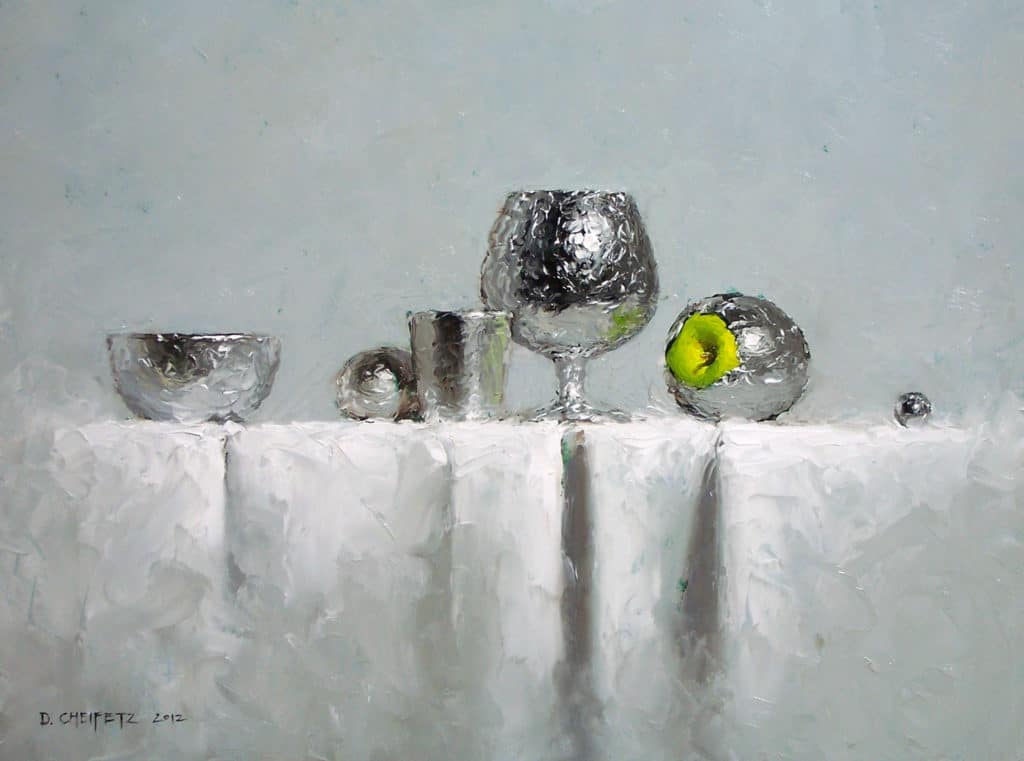
David Cheifetz, “Foil Things,” 9 x 12 inches, Oil on panel
It simply comes down to this: “It’s not what you paint, but how you paint it,” he says. The potential for still life (as much as for portrait or landscape) ranges, depending upon intent, “from enormously boring to enormously awesome.”
The Flowering of an Art Career
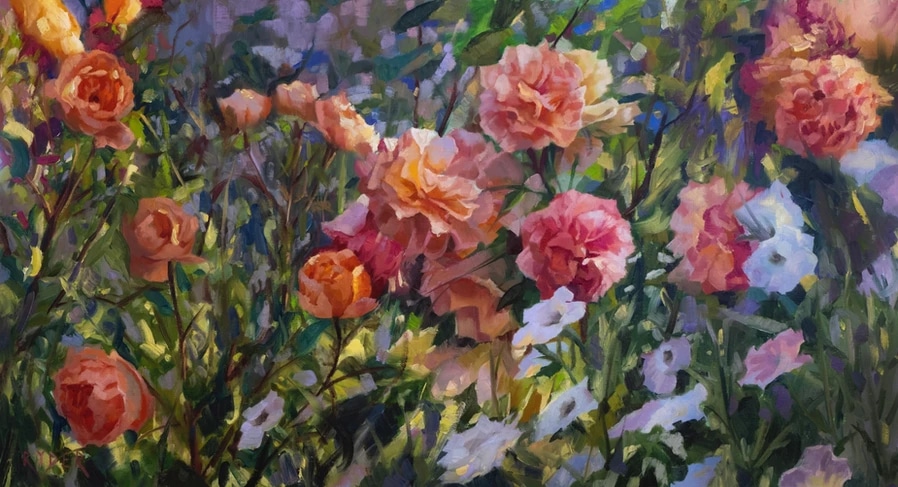
Matt Ryder, Summer Blooms, pastel
Matt Ryder is an award winning British artist living and working in Dubai, UAE, where he moved in 2005. Although a lifelong painter, it was in Dubai that he decided to take the leap to professional artist. Since then he has firmly established himself and gained critical acclaim for his landscapes and florals both locally and internationally.
He is one of the top-notch pastel artists teaching online this week as part of Plein Air Live.
-Chris


